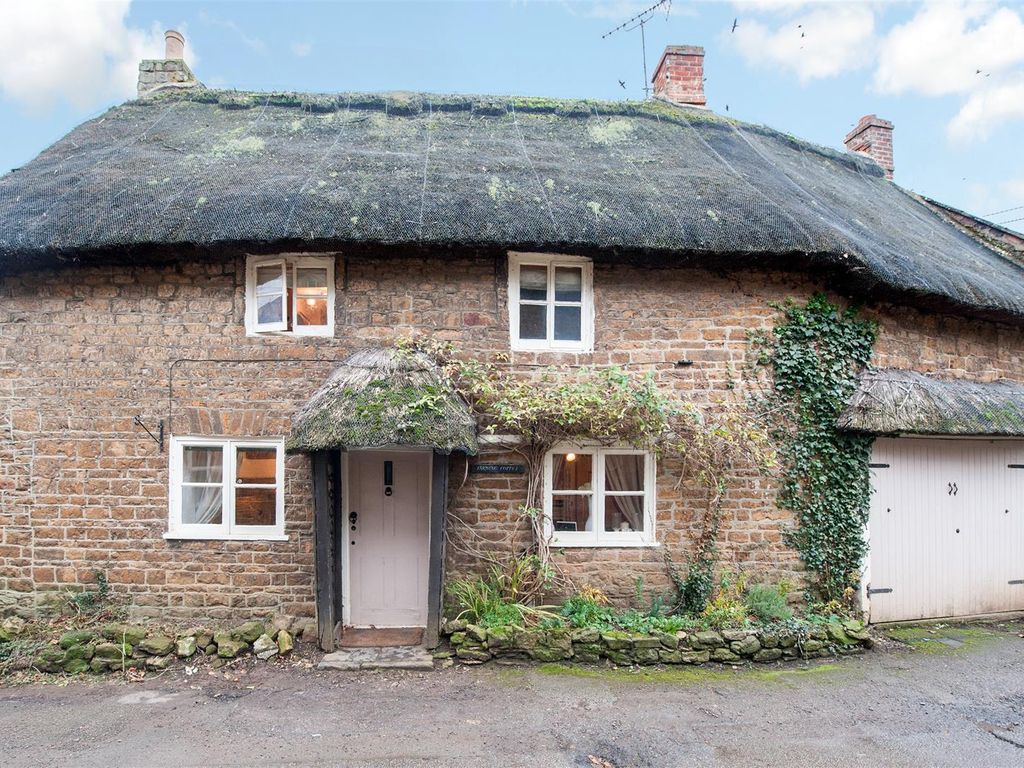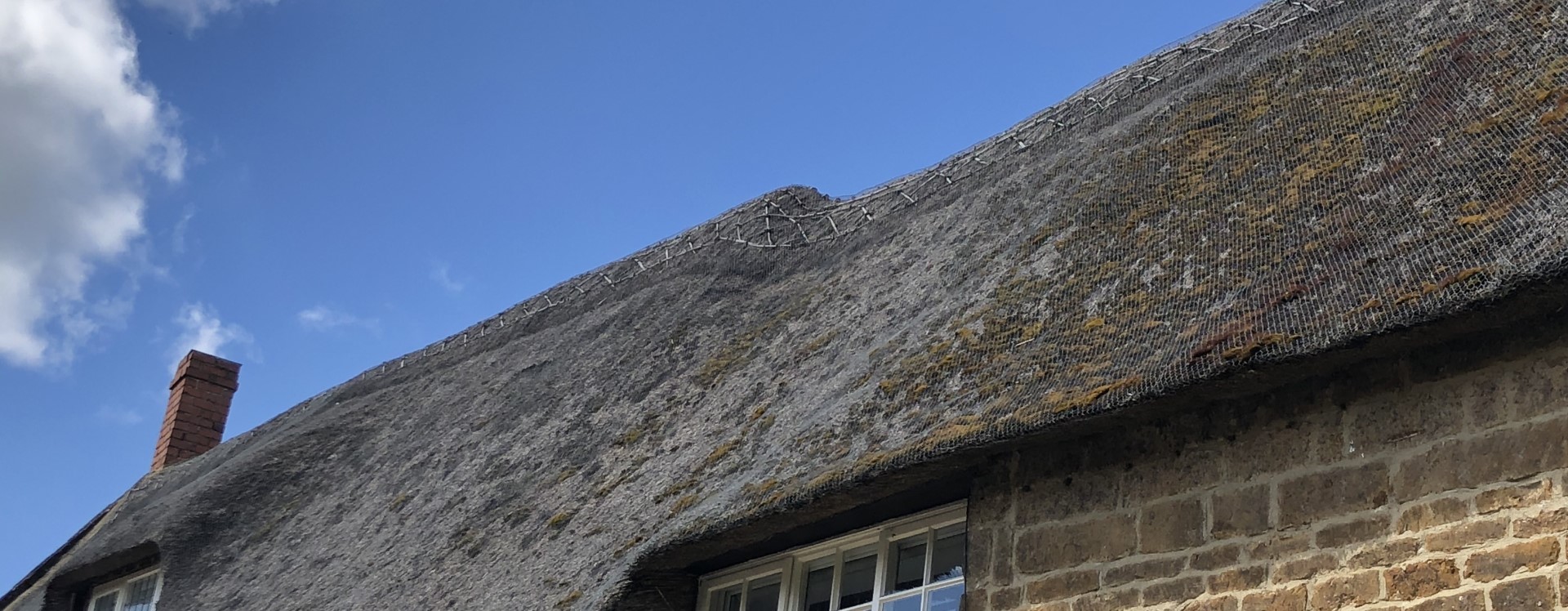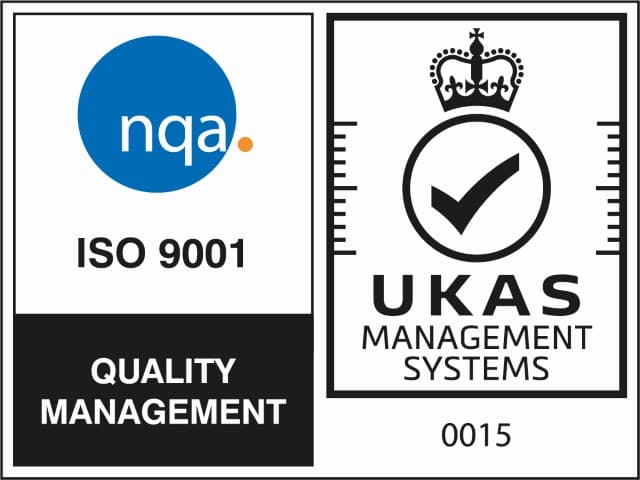Assessing the roof is always a crucial part of a building survey. If the property is thatched, a roof inspection can be a little more complex. Given the high number of period and listed properties in the county, our Oxford-based building surveyors frequently survey thatched houses. Here, they provide insight into what homeowners and potential buyers need to consider when looking at a thatched roof.
Types of thatch
The two main types of thatch used in England are wheat straw and water reed. Wheat straw is commonly seen during building surveys in the Oxford area. This is because the material is grown fairly locally, in the South West. Water reed is becoming more and more popular thanks to its long lifespan, and is the most common material used in the country overall. Whereas a roof thatched with wheat straw is expected to last around 25 years, a water reed roof can last up to half a century. It’s worth noting that many thatched buildings are listed, meaning that owners may not be able to choose which material to use for re-thatching.
Thatch is made up of the roof and the ridge. The ridge is the section of roof along the top and takes the brunt of the impact of the weather on the roof. Because of this, ridges need to be replaced every 10–15 years. Keeping the ridge in good condition protects the rest of the roof, so maintaining it is well worth the cost and effort. However, replacing a ridge purely for cosmetic reasons is not recommended, because of the (small) risk of damaging the rest of the roof during the re-ridging process. You will often see wire netting used over thatch. This functions to prevent damage by birds and small animals, and also to prevent loss of thatch in strong winds.
What thatch issues does a building surveyor look for?
Luckily, most thatched properties in the Oxford region tend to be cottages and other period properties that are small enough to allow roof access by ladder. For taller properties, our surveyors carry out high-level inspections using telescopic camera poles up to 12m long. This means that they can inspect difficult to reach areas and roofs on multi-story buildings.
When surveying a property with a thatched roof, there are several things that our surveyors look for. Firstly, the entire roof is reviewed for signs of weathering and damage. These signs include thatch receding so that spars and other fixings are visible, and gaps between wire netting and thatch where material has eroded. Weathering of thatch is a normal and natural occurrence, and the condition of the roof should be interpreted in the context of the age of the thatch. By looking at the edge of the roof, the surveyor will assess how many times it has been over-thatched. Excessive over-thatching can put significant load on the roof and may cause structural issues.
The shape of the thatch surface is also assessed. Dents and hollows in the thatch indicate potential problems with the structure underneath. Assuming loft access is possible, the surveyor will check the underlying timbers for any issues. Gullies running down the thatch could suggest that water runoff is being channelled down the roof, accelerating wear and tear. Holes in the thatch suggest that small animals, such as birds, rats or squirrels, have set up home or gnawed their way through the thatch to get into the roof void. Patching may be required to prevent water collecting in the thatch and even leaking into the roof space. Birds can also damage thatch by pecking at straws to reach insects. This leads to loose straws on the thatch surface – not an issue if it’s just the odd one, but needs to be kept under review in case it becomes a frequent occurrence.
The surveyor will also look at pitch of the roof and the proximity of trees. Pitch is of interest because steep pitches tend to have the longest lifespan, particularly in areas that have frequent rainfall. The presence of overhanging trees is important because trees can decrease the lifespan of thatch by dropping vegetable matter and water onto the roof, providing ideas conditions for bacteria to thrive and cause thatch decay. Moss on the thatch is not usually an issue in itself, but can trap other detritus which, if not removed, can lead to water retention. This in turn will speed up thatch decay.
If there are concerns about the thatch, the surveyor may recommend an assessment by an experience thatcher to provide advice on the remaining lifespan of the roof and the remedial measures required.
In addition to looking at the thatch, the surveyor will pay close attention to the condition of the chimney. Any cracks in the chimney could provide a route for sparks from fires to land on the thatch. The presence of other fire prevention measure such as spark caps will also be checked.
Recommendations from our Oxford surveyors
Many people are nervous about buying a thatched house, but our building surveyors don’t think they need to be. Many people ask about the risk of fire, but as one of our Oxford surveyors notes “aside from in very built up urban areas where fire can spread rapidly, the data do not point to a particularly increased risk of fire in properties with thatched roofs. Home insurance costs are generally no higher for thatched properties than for other period houses – perhaps the best indication that when preventive measures are in place, the risk is low.”
The cost of roof replacement can be off-putting for any potential homebuyer. Having a full building survey before purchase will allow buyers to get an idea of timelines and scales of likely costs associated with any roof, be it thatch, tile or slate. The building survey report can then be used to reassess the purchase price, and even negotiate with the seller if necessary.












